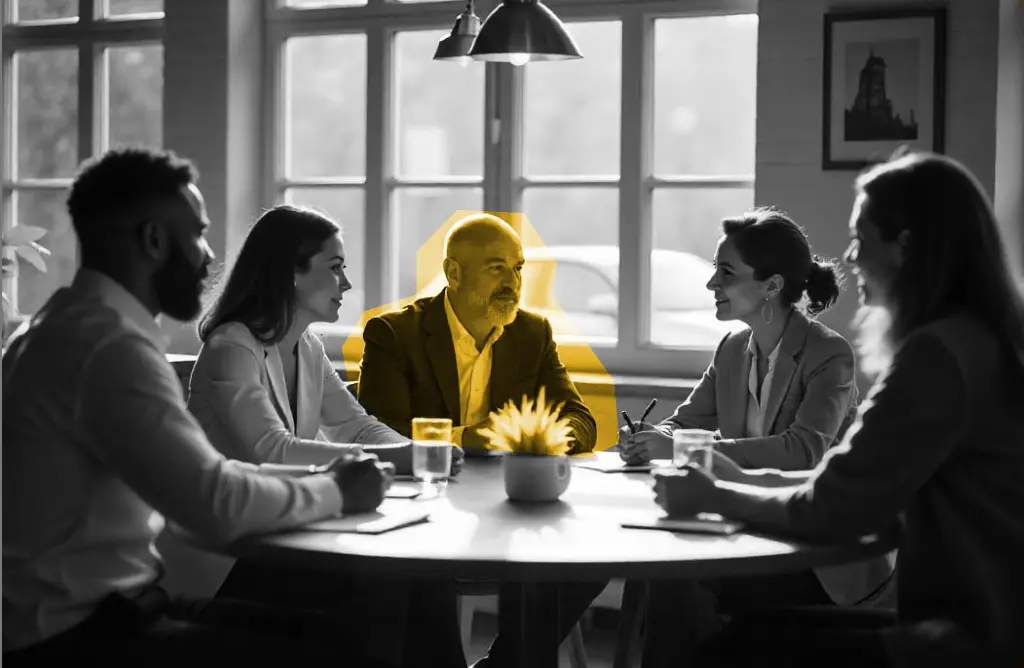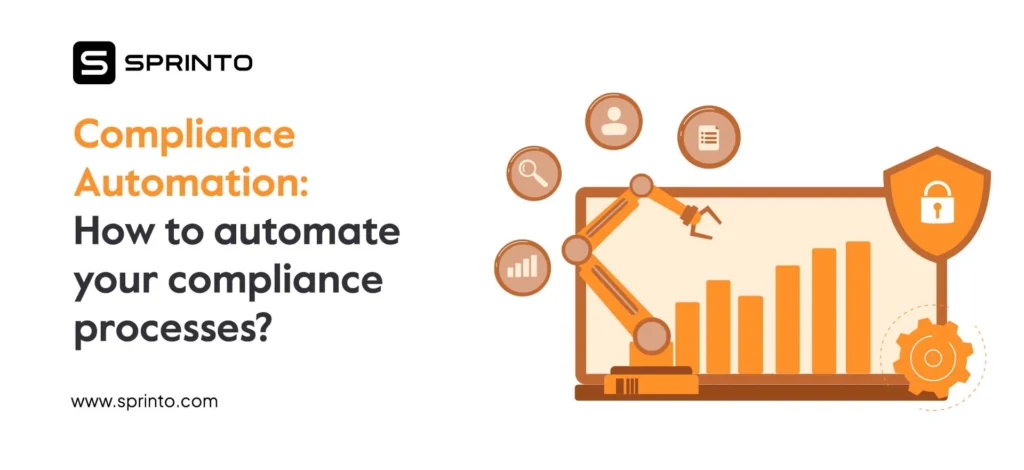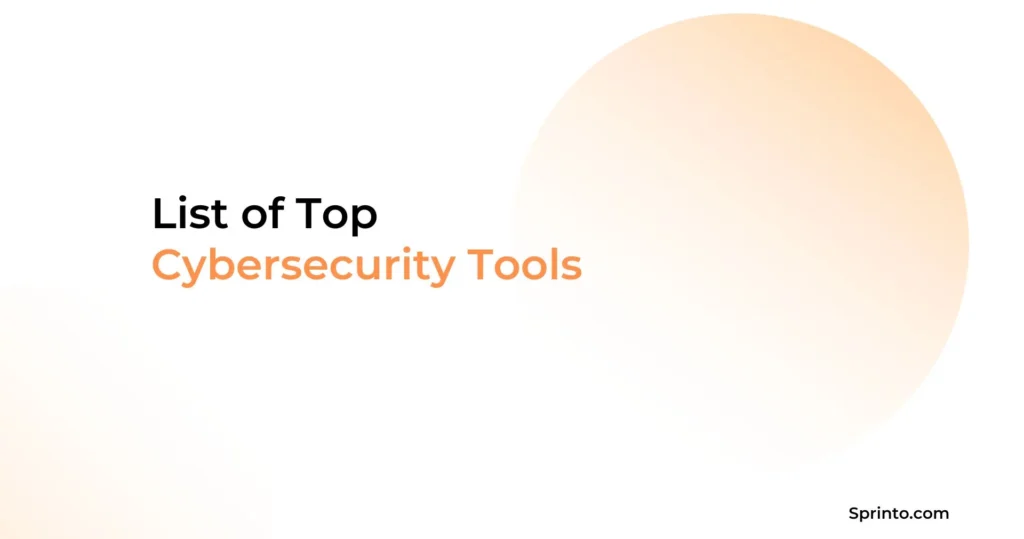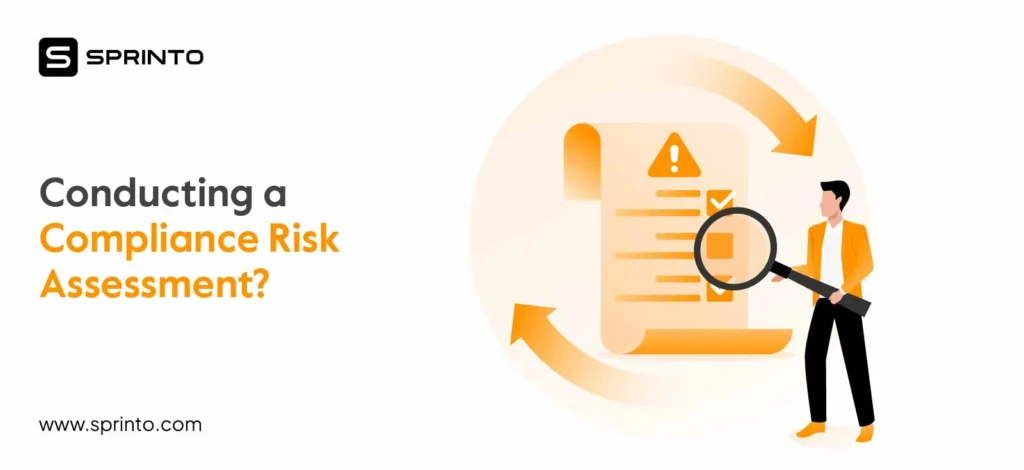Does your security review process help you grow, or is it a roadblock for your revenue? For many leaders, the answer is sadly the latter.
65% of businesses report that security reviews add nearly eight weeks to the sales cycle. This delay directly impacts your bottom line and ties up your best people in administrative work.
It’s about time that changed.
A Trust Center for security reviews turns your compliance efforts into a powerful asset that accelerates revenue and builds a ton of trust.
Let’s see how you can build and use a Trust Center to accelerate sales and close more deals.
TL;DR
| There’s no denying the fact that security reviews hurt sales, thanks to long questionnaires, manual answers, and a drain on your best people. |
| A Trust Center is a self-service portal that includes your certifications, policies, privacy details, and reports, so buyers get answers immediately, and confidence rises from the first touch. |
| To build such a center, assemble proof, including SOC 2 and ISO certifications, policies, attestations and privacy docs, then pick a dedicated platform, gate sensitive files with email and NDA, and keep it fresh via automation tied to your controls. |
What Slows Down Security Reviews Today?
Too many manual processes and the disorganized exchange of documents force teams to waste time on repetitive, non-standardized questionnaires. This is the biggest reason why your security reviews are slow.
But how? Let’s back up a bit.
The security review is a process that should build confidence, but instead, it often creates friction and frustration. For small and medium-sized businesses, this pain is even greater. You’re light and you’re agile, and suddenly you’re stuck in a pile of paperwork and security questionnaires.
So, what’s really putting the brakes on security reviews? It comes down to a few common culprits. The whole process is overwhelmingly manual. Instead of focusing on your product, your team is buried in administrative tasks, copying and pasting answers, and hunting down documents. This is a drain on your most valuable resource: your team’s time.
Here are the biggest issues slowing you down:
- Endless questionnaires: Security questionnaires are getting longer and more complex, and they often contain hundreds of questions. With no standard format, your team is forced to re-answer similar questions in slightly different ways for every new prospect, which is a repetitive and tedious task.
- Manual work doesn’t scale: Manually managing security reviews is not only time-consuming but also prone to human error. As your business grows, these manual processes lead to inconsistencies and delays that can erode a buyer’s trust. Slow responses can be interpreted as a lack of preparedness.
- Resource drain on important people: Security questionnaires pull your most knowledgeable people away from their core jobs. Your security and sales teams end up spending hours on repetitive admin work instead of on innovation or closing deals. In fact, for many vendors, completing these questionnaires is a sales necessity, but the manual effort involved is a significant burden, especially for smaller teams.
Don’t let manual security reviews delay deals. Launch your free Trust Center with Sprinto to give buyers instant proof.
What is a Trust Center, and Why Do You Need One?
A Trust Center is a centralized, self-service portal that shares your company’s security and compliance information with customers and prospects. You need one because it builds immediate trust through transparency and empowers your sales team to close deals faster by eliminating friction and delays.
Here’s what it can look like:

It is a centralized location where you can transparently display everything about your security posture — from your compliance certifications to your privacy policies and security reports. It’s your single source of truth for security, designed to build confidence with customers from the very first interaction.
For small businesses, the benefits a Trust Center brings are significant:
- Accelerates your sales cycle. You eliminate the frustrating back-and-forth that stalls deals by giving prospects a self-service portal for their security questions. Sharing your Trust Center can massively reduce, or even eliminate, the need for lengthy questionnaires altogether.
- Helps build customer trust. A Trust Center tells your customers that you are proud of your security practices and have nothing to hide. This transparency cultivates greater trust and can become a huge competitive advantage.
- Automates the security review process. It centralizes all your security documentation, like SOC 2 reports or penetration test results, so that your sales team always shares the most up-to-date information. And when customers find answers themselves, you slash the time your team spends on repetitive security questions.
- Improves control. A Trust Center doesn’t mean sharing everything with everyone. You maintain complete control over who sees what. You can manage access to sensitive documents and even require an NDA to be signed directly within the portal before certain reports are shared.
Start building your Trust Center with Sprinto right away
Turning the Trust Centre Into a Sales Asset
Most people see the trust center as a compliance or security element, but its true power is realized when you view it as a sales asset.
It fundamentally changes security from a reactive hurdle your sales team must overcome into a proactive tool they can use to build trust and accelerate deals.
But how? It’s quite simple, actually! Instead of a prospect’s security team sending over a 200-question sheet, your sales rep can just share a link to your Trust Center with their very first email. This single move does three powerful things:
- You’re showing confidence in your security program from day one. This transparency immediately sets you apart from competitors who make customers follow up for this information.
- It shortens the sales cycle. The back-and-forth of security reviews can add weeks, or even months, to a deal. By providing a self-service portal, you answer a prospect’s questions before they even have to ask them.
- Your reps no longer need to chase down the engineering team for security documents or struggle to answer technical questions. They have a single, beautifully organized resource to share. This makes them look more professional and keeps the sales conversation focused on value.
Showcase Proof of Security From Day One and Close Deals Faster.
How to Build and Guard Your Trust Center
Now, this might seem like a massive undertaking, but it’s more approachable than you think when you break it down into clear steps. You have to create a resource that is both comprehensive and easy to navigate — something that gives your customers the confidence they need while giving you control over your sensitive information.
Here’s how you do that:
Step 1: Gather Your Elementary Evidence to Be Used in the Trust Center
Before you can build anything, you need your materials. This means gathering all the documents and information that prove your commitment to security and compliance. This is often the most challenging part of the process, as it requires getting your security practices in order first.
Your evidence locker should include:
- Compliance certifications and reports: This is the foundational proof. You’ll need your SOC 2 report, ISO 27001 certificate, or any other industry-specific compliance audits you’ve completed.
- Security policies and procedures: Include documents like your Information Security policy, Acceptable Use policy, and Business Continuity plan.
- Penetration test results: A summary or attestation letter from your latest third-party penetration test will show that you are actively testing your defenses.
- Data privacy documents: This includes your privacy policy, details on sub-processors you use (like AWS or Google Cloud), and information on how you handle data subject requests under regulations like GDPR or CCPA.
- Real-time security insights: Although not mandatory, try to include some dynamic information like system uptime or monitoring status to show ongoing assurance.
Step 2: Choose Your Platform and Structure
Once you have your documents, you need a place to house them. While you could technically create a password-protected page on your website, a dedicated Trust Center platform offers critical advantages in security, control, and user experience.
When structuring your Trust Center, think from your customer’s perspective. Organize your content into logical, easy-to-understand categories:
- Compliance: This is where your SOC 2, ISO, and other formal certifications will go.
- Security: Home to your pentest results, security policies, and vulnerability management processes.
- Privacy: For your Privacy Policy, GDPR information, and sub-processor lists.
- FAQs: A section to answer the most common security questions you receive.
Step 3: Set Up Protective Measures With Access Controls
You wouldn’t leave your car unlocked when you park it and leave, and the same goes for your Trust Center. Not all information should be public. That’s why you need access controls.
Some documents, like your Privacy Policy and high-level security commitments, can be made publicly available to everyone. This is great for initial trust-building. More sensitive documents, like your full SOC 2 report or detailed pentest results, should be protected. A good Trust Center allows you to require visitors to provide a business email address to access these materials.

Enable gated access with Sprinto’s Trust Center
For your most confidential documents, you need a Non-Disclosure Agreement (NDA). Modern Trust Center platforms like Sprinto can automate this process entirely and allow a prospect to review and sign an NDA digitally before gaining access. This is easy for them and secure for you.
Step 4: Make Your Trust Center Dynamic and Fresh
Security is not static, and your Trust Center must reflect that. An outdated pentest report or an expired certificate kills the very trust you’re trying to build. That’s why you also have to maintain your Trust Center.
This is also where the disconnect often happens for busy teams. Manually updating every policy, report, and certificate is tedious, and error-prone.
For that, we recommend connecting your Trust Center to a system that continuously monitors your compliance and security controls.
Platforms built on compliance automation provide this link.
Instead of you having to remember to upload the latest report, the system acts as a single source of truth. It knows when your evidence is fresh and when it needs updating because it’s tied directly to the controls being monitored in real-time.
This means that the information you share in your Trust Center is always accurate and up-to-date.
Ready to centralize your SOC 2, ISO docs, and policies? Get started with Sprinto to create a secure, automated Trust Center.
Who is This for?
A Trust Center is most beneficial for B2B companies, especially high-growth tech and SaaS businesses that handle sensitive customer data. If your sales cycle is frequently slowed down by security reviews or if you’re trying to sell to larger, more mature enterprise clients, a Trust Center is built for you.
This is the perfect fit if you are:
- A fast-growing SMB or mid-market company looking to build the trust and credibility typically associated with larger, more established organizations. You need to punch above your weight class in security.
- A B2B SaaS provider whose customers are becoming increasingly sophisticated in their vendor due diligence. You’re tired of answering endless, repetitive security questionnaires.
- A company that has invested in compliance (like SOC 2 or ISO 27001) and wants to get more value out of it. You want to turn that certification into a tool that helps you win more deals.
If your team is spending more time proving its security than selling its product, and you know there’s a better way, then a Trust Center is just right for you. Get one for free!
Show Your Security Commitment With Sprinto’s Trust Center
So far, you might have got the impression that building and maintaining a Trust Center is another major project to manage. That’s partially true.
Putting up the webpage is perhaps not the difficult part. It’s keeping the information on it alive, accurate, and reflective of your actual security posture without creating more manual work. This is where you’ll appreciate the power of automation, and it’s exactly what Sprinto is designed for.

Sprinto’s Trust Center is a natural extension of our compliance automation platform. Because Sprinto already connects to your cloud environment and business tools to continuously monitor your security controls for frameworks like SOC 2 and ISO 27001, it has a real-time, evidence-backed view of your security status.

This connection solves the biggest problem with trust centers: stale information. With Sprinto, you can launch a live, buyer-ready security page in under an hour because the platform auto-populates it with the data it has already mapped during your compliance setup. There’s no need to build from scratch.
From there, Sprinto gives you
- A single source of truth: Your security posture, from policies to controls and real-time monitoring, is consolidated into one shareable space designed for clarity and speed.
- Granular, automated control: You decide exactly who sees what. Keep sensitive documents like your full SOC 2 report behind an automated NDA workflow, set expiration dates for access, and approve requests without slowing down the sales process.
- A sales-acceleration tool: Your sales team gets a dynamic link to share with prospects, which builds instant credibility among potential clients.
Ultimately, Sprinto ensures that your Trust Center is always an up-to-date, trustworthy reflection of your security program.
At Sprinto, we believe trust should be on everyone’s plate, so we’ve made the Trust Center free. Simply enter a few basic details about your business, and your personalized Trust Center will be ready to publish in minutes.
FAQs
It’s a public-facing portal where your customers and prospects can go to see how seriously you take their data. They can view your certifications, understand your security practices, and even access key documents (with your permission, of course!).
Yes! You don’t have to wait for a major certification to start building trust. In fact, a Trust Center can be a powerful asset on your journey toward compliance.
Even before you have a formal report, you can use a Trust Center to share things like:
1. Your key security policies
2. The results of a recent penetration test
3. Information about your company’s security architecture
4. Details on your privacy practices
Showing that you are organized and proactive about security, even before you have the final certificate, tells a very positive story to your prospects. It shows you’re on the right track and that security is a priority for you.
While it’s tough to give an exact number because every company is different, the impact is significant. Think about how much time is currently spent on the security review back-and-forth. It can be days, weeks, or sometimes even months of emails, follow-ups, and chasing down documents.
A Trust Center can slash that time dramatically. By giving prospects a self-service way to get answers, you can often eliminate the need for a lengthy questionnaire. Instead of a multi-week ordeal, the security review can become a simple check-the-box exercise that takes a day or two.
Your prospects are busy people, so you want to give them what they need without making them work for it.
Here are a few must-haves
1. Start with a simple, friendly summary of your security philosophy. Tell them clearly that you care about their data and are committed to protecting it.
2. Organize your key assets into logical buckets like Compliance, Security, and Privacy. Don’t make them hunt for your SOC 2 report or Privacy Policy.
3. For your most sensitive documents, don’t make them email you to ask for an NDA. Use a tool that lets them review and sign it digitally right there in the portal.
4. Answer the top 5-10 security questions your sales team always gets. This saves everyone time.
5. Keep the design simple and on-brand. It should feel like a natural part of your website and not something you put together at the last moment, just because you needed to show some certificates.
Pansy
Pansy is an ISC2 Certified in Cybersecurity content marketer with a background in Computer Science engineering. Lately, she has been exploring the world of marketing through the lens of GRC (Governance, risk & compliance) with Sprinto. When she’s not working, she’s either deeply engrossed in political fiction or honing her culinary skills. You may also find her sunbathing on a beach or hiking through a dense forest.
Explore more
research & insights curated to help you earn a seat at the table.


















